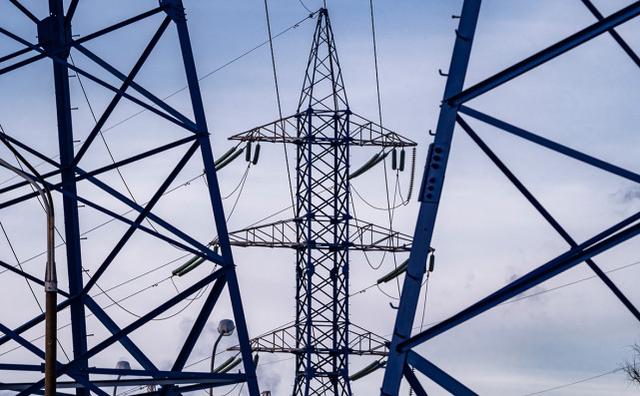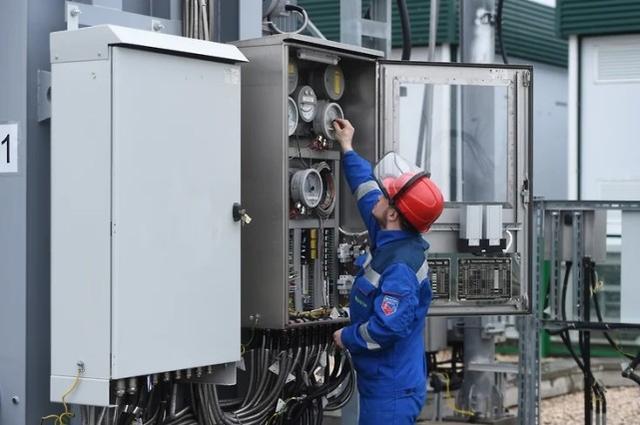According to a report by Russia’s Businessman on the 9th, the Russian power company InterRAO announced that it may suspend winter power exports to China from this year due to losses.
The company said that the production cost of coal-fired and hydropower plants in the Russian Far East was too expensive, and requested a change in the price calculation method for exporters, that is, the profit margin of foreign supply at 5% per month per year.
InterRAO pointed out that in fact, the profits of the contract with China are much higher, but some of the export earnings are used to reduce domestic tariffs in the Far East. On the other hand, buyers saw the risk of the company’s price increase and offered to let other companies enter the export market.
According to InterRAO’s letter to the Market Committee (energy market regulator), the company may significantly reduce or completely stop power supply to China in the winter.

The reason for this is the high price of production capacity in the Far East power plants, which makes supply unprofitable, writes Alexandra Panina, a board member of the company.
Russian power companies mainly supply electricity to China across borders from Amur Oblast.
InterRAO buys energy from the Far East Federal District power plants (mainly from RusHydro power plants) and then resells it to China and pays additional fees for resale of energy services.
Last year, the company supplied about 3 billion kilowatt-hours of electricity (about 0.04% of China’s total energy consumption) for a total price of 8.7 billion rubles, or about 2.9 rubles/1 kilowatt-hour. Far East power plants use a special formula to calculate the price of production capacity.
The company will profit by exporting electricity to China in the summer and lose money in winter.
Panina told Businessman that supplying electricity to China has “a fairly high profit margin”, but regulators limit profits to 5% a year, and the rest of the proceeds will be distributed to other participants in the Far East market through the capacity reserve coefficient in the price calculation formula.
Panina said that because of this, the cost of production capacity is higher than the cost of actual consumption.

Panina argues that the regulatory objective is to “do everything possible to reduce the burden of electricity consumption for consumers in the Far East” and “so consumers in the region save about $3 billion a year through export supply, that is to say, about 20-25% of the real profits from exports are distributed to consumers in the region”.
According to the revised plan proposed by the company, starting from 2021, the profit margin of electricity exports to China will be fixed at 5% per month per month from 2021. “It will not change the profitability of exporters, nor the amount of payments to other consumers,” she said.
RusHydro Power Plant expressed support for InterRAO’s initiative because they wanted stable export volume.
RusHydro hopes that the proposed revision will increase exports to China, which will increase the revenue of power generation companies. And consumers in the Far East also hope to maximize exports, because it will reduce their own energy costs.



